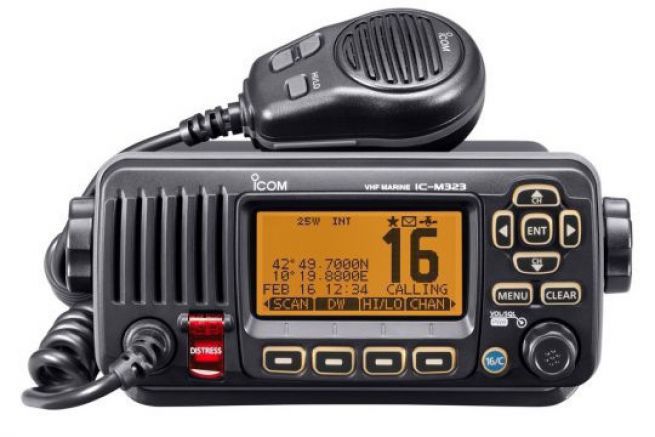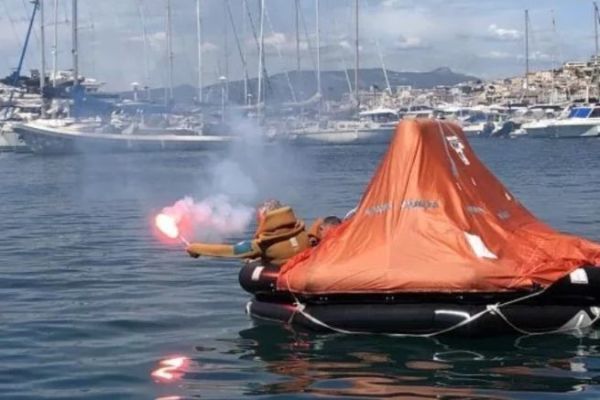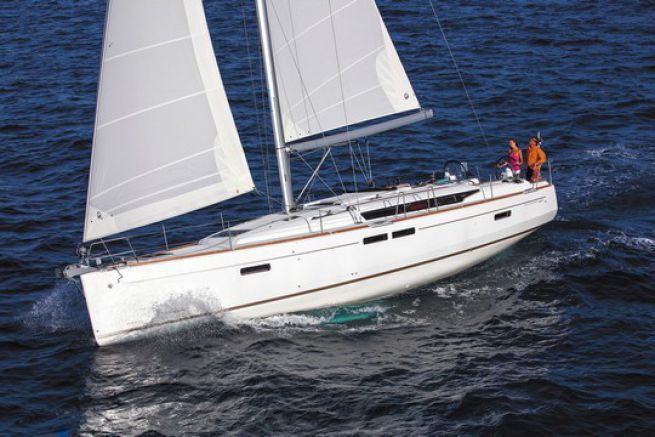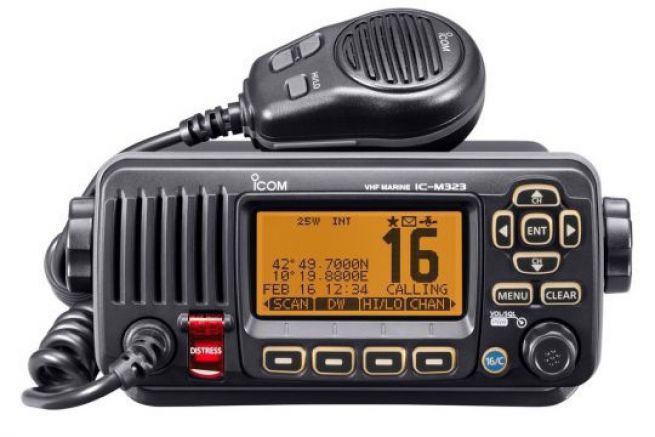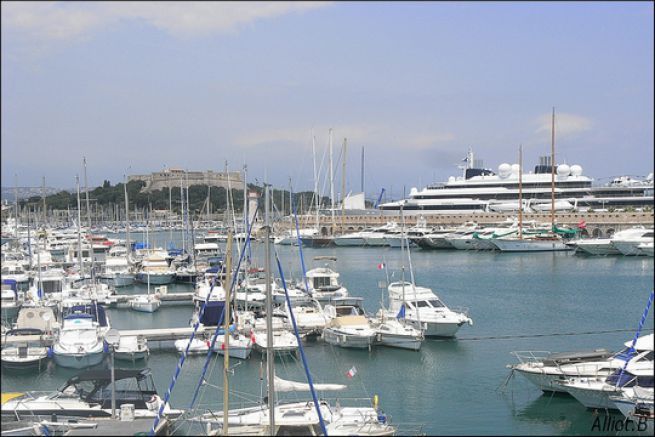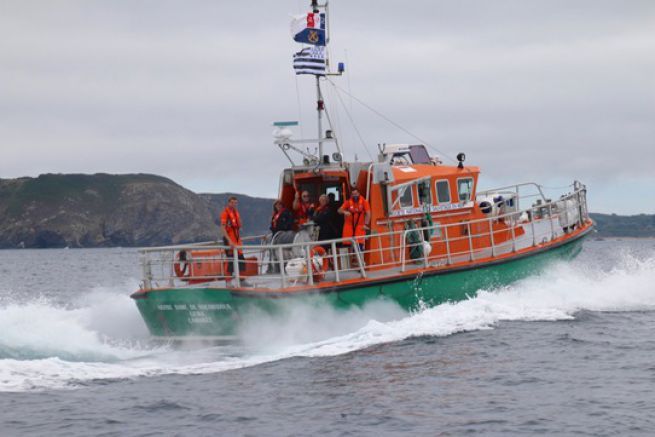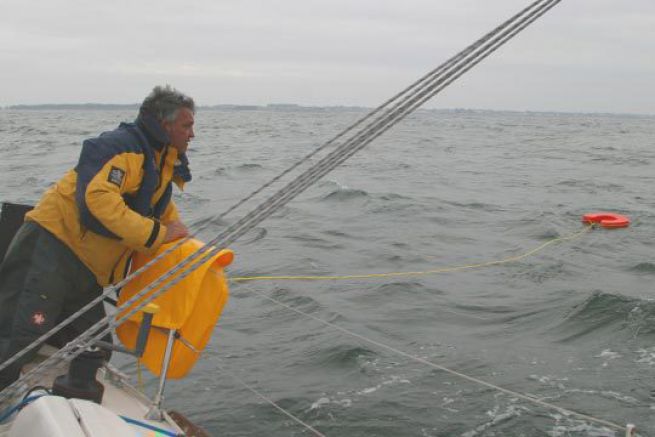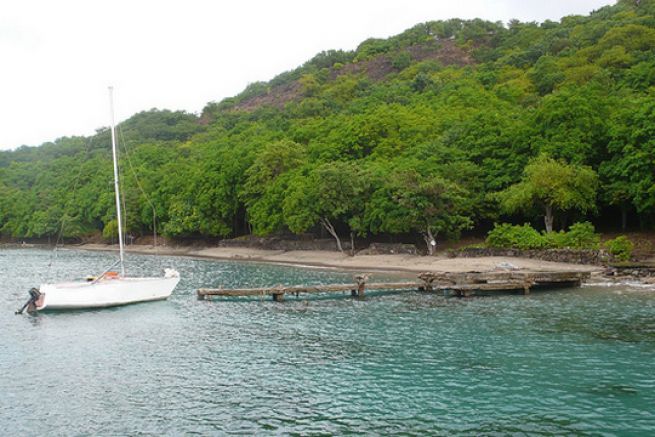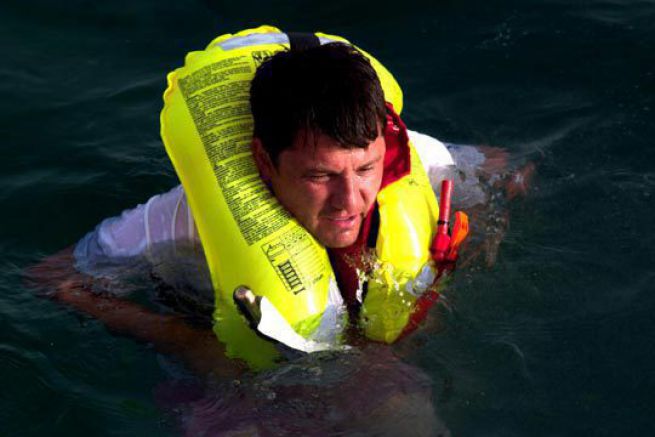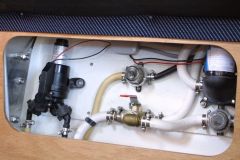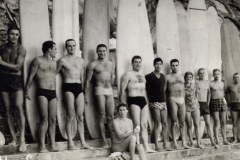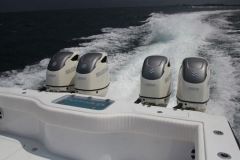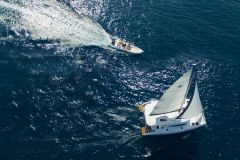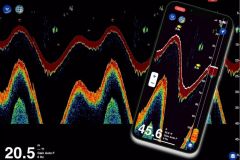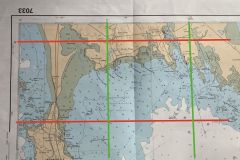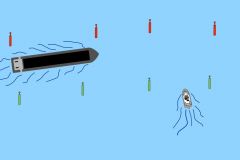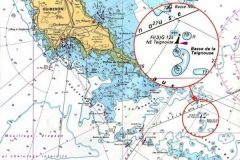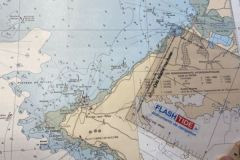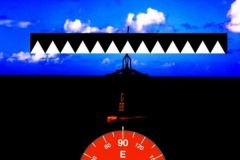The new marine regulations, which are none other than the revised and corrected Division 240, will come into force on May 1, 2015 but are already making noise on the pontoons... We have a special report on this Division 240. Today, discover which equipment will be mandatory in the near future.
A means of luminous identification - Mandatory from the basic equipment
With the new regulations, each lifejacket must now be equipped with a light device. It can be an integrated flashlight, an individual light device or a cyalume. This device must be attached to the vest. Some vests include a light device as standard, such as mini flash lamps, quite strong flashing lamps. But these vests are top-of-the-range models, quite expensive
The cyalume works without batteries, it doesn't cost much, it doesn't take up much space and can be easily integrated into a vest by its size and fixed with a simple slut. Moreover, the range is very strong, you can see it very well at night, several nautical miles away. Finally, the life span is very long and once switched on, it lasts at least 12 hours.
Cyalume light sticks (set of 2) - Less than 10 euros
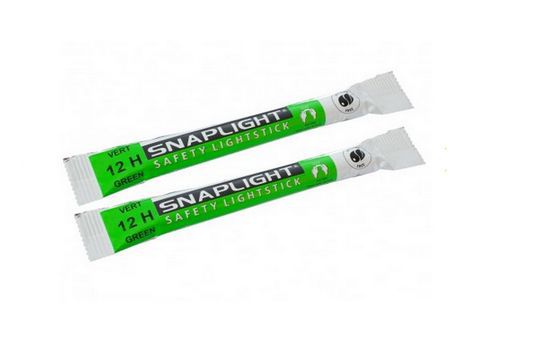
A VHF facility - Mandatory from mid-shore staffing since January 2017
Optional until 2017, it will be mandatory in offshore staffing from 1 January 2010 er january. Fixed VHF systems meet standards (channels, frequencies, transmission power, etc.), which ensures a certain homogeneity. But in detail, they have different characteristics and functionalities. The quality of manufacture is also very variable.
For mariners who already had a VHF, there are no major changes. The only thing that changes is that the new VHFs are equipped with the Digital Selective Calling (DSC) function. To simplify, the VHF has a "distress" button that allows you to send a digital message MMSI number, (name of the boat...) to inform you of the distress status. Older models do not have one. However, Division 240 does not mention the DSC for fixed VHF equipment. Boaters who already had a fixed VHF do not need to change it.
As a reminder, the fixed VHF is powered by the on-board battery, so you must have one and it must be charged to supply electricity. On a fixed VHF, the antenna is installed outside, at the top of the mast for sailboats and on the cabin for motorboats.
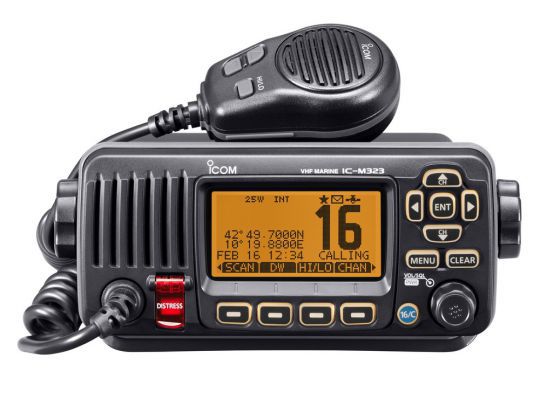
An Emergency Position Indicating Radio Beacon - Mandatory in offshore staffing
The EPIRB (Emergency Position Indicating Radio Beacon) is an emergency beacon that integrates a GPS and allows you to know the position of the navigator. In the event of distress, the sailor manually triggers it and sends a signal to the satellites of the COSPAS-SARSAT network, which is a group of satellites in geostationary orbit. The coverage area is global and even operates on the poles. The satellite receives the distress message with the ship's code and position and sends it back to the ground station closest to the position. Rescue is then triggered. This safety system at sea and worldwide and emits on the 406 MHz band, which is also used by aircraft. For the navy, the beacon must meet a number of standards, including floating and transmitting for 48 hours. Each beacon is attached to a boat by its MMSI number. Once activated, it is then allowed to float moored to the rescue boat, if necessary.
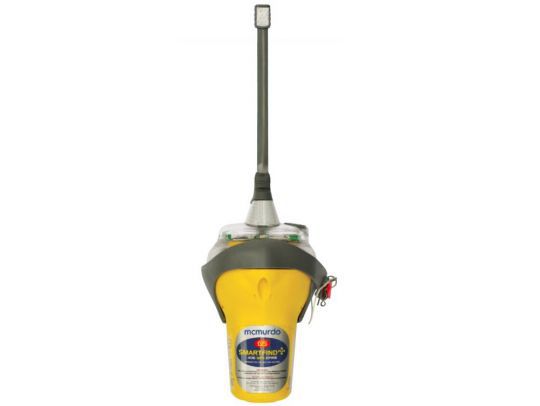
A portable VHF - Mandatory in offshore staffing
Division 240 requires a portable VHF as soon as you sail in the Offshore category (in addition to everything else). It is specified that this VHF must be waterproof. And of course, to transmit, it will have to be charged. It is the captain's responsibility to ensure that it is loaded. Some models come with a battery adapter, which allows the battery to be replaced. Buoyancy is not mandatory but it is much more practical and safe. Certainly it is a bigger one since it takes a volume of air trapped in the VHF to make it floating. 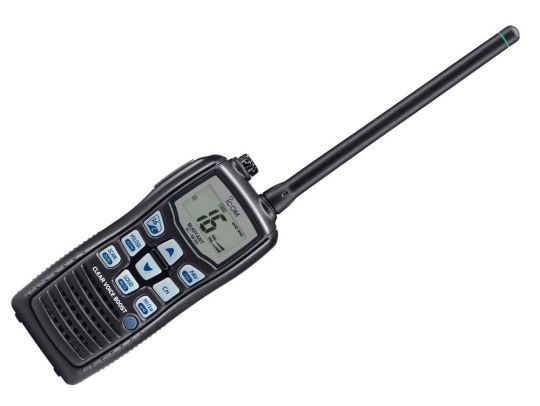
The opinion of the Editorial Board on the equipment required by the new regulations
In practical terms, this regulatory change does not change much because most people who now sail less than 60 miles around the coast already have a fixed VHF on board their boat. It is a matter of common sense and security. Similarly, many boaters who sail offshore already have their distress beacon. It's a basic safety requirement when attacking large navigations. Finally, the change mainly concerns the light device to be integrated into the lifejacket. Note the removal of the signal mirror. I think that's a shame and I advise to keep it for those who already have it on board. It is a cheap accessory, which takes up little space, which works at the slightest ray of sunshine even if it has been bathed in water: without battery, without failure...
